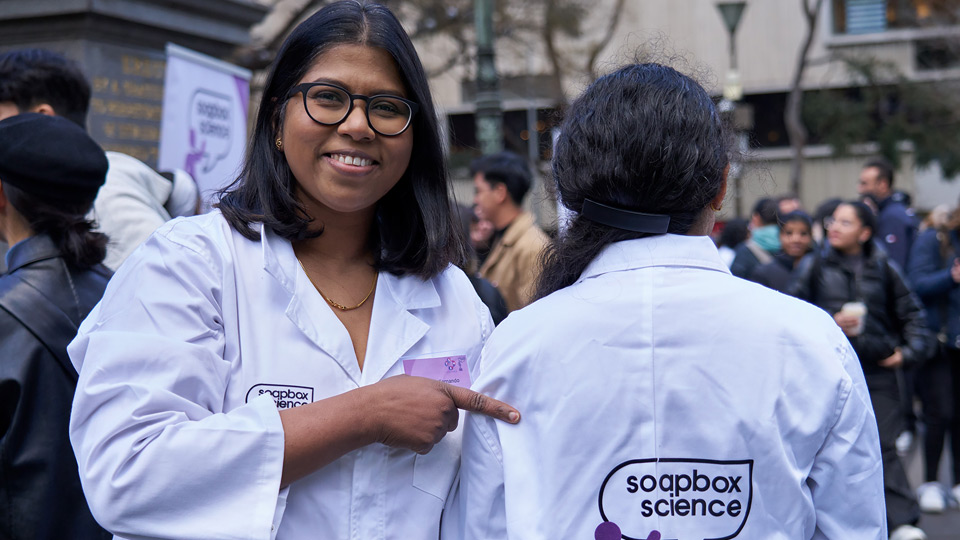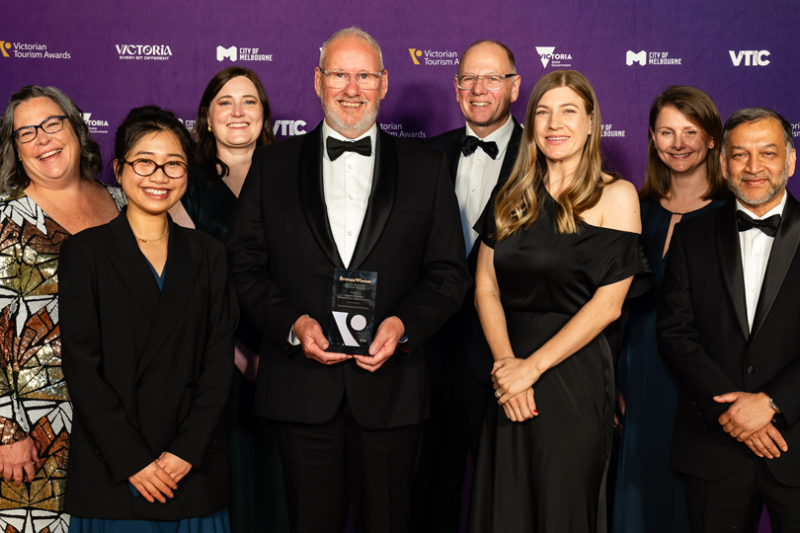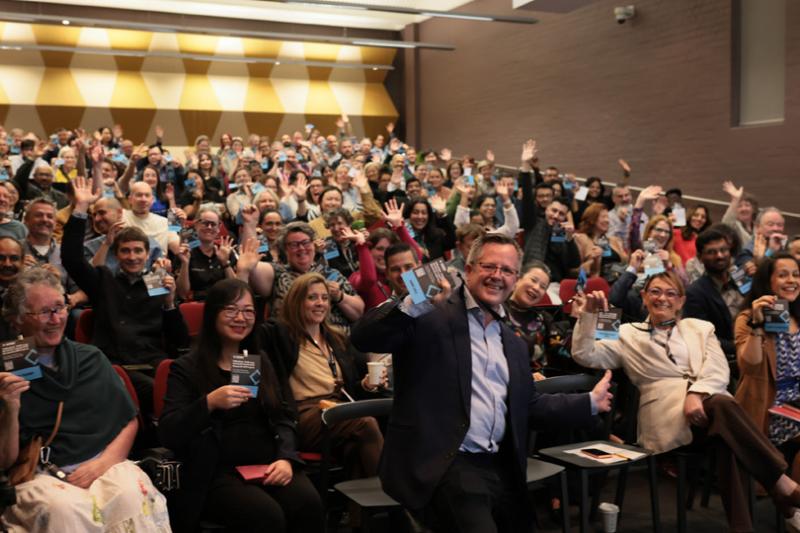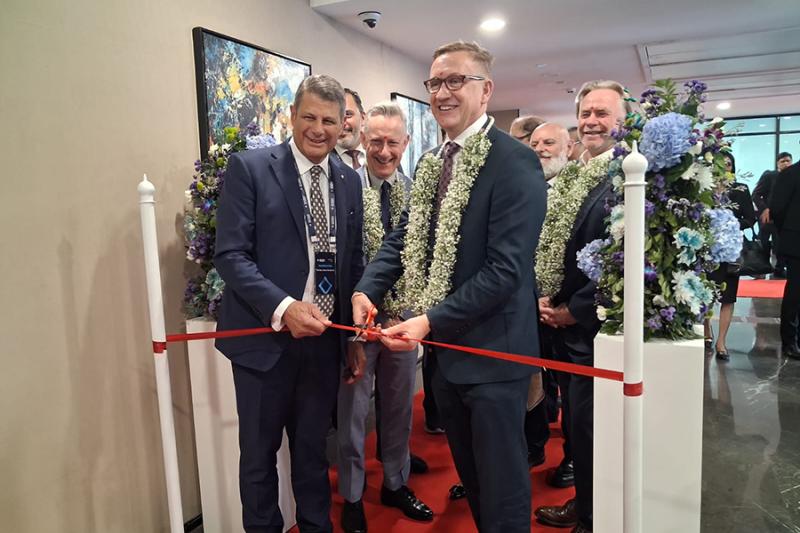No dream too big – Dr Ruwangi Fernando’s passion for STEM equity
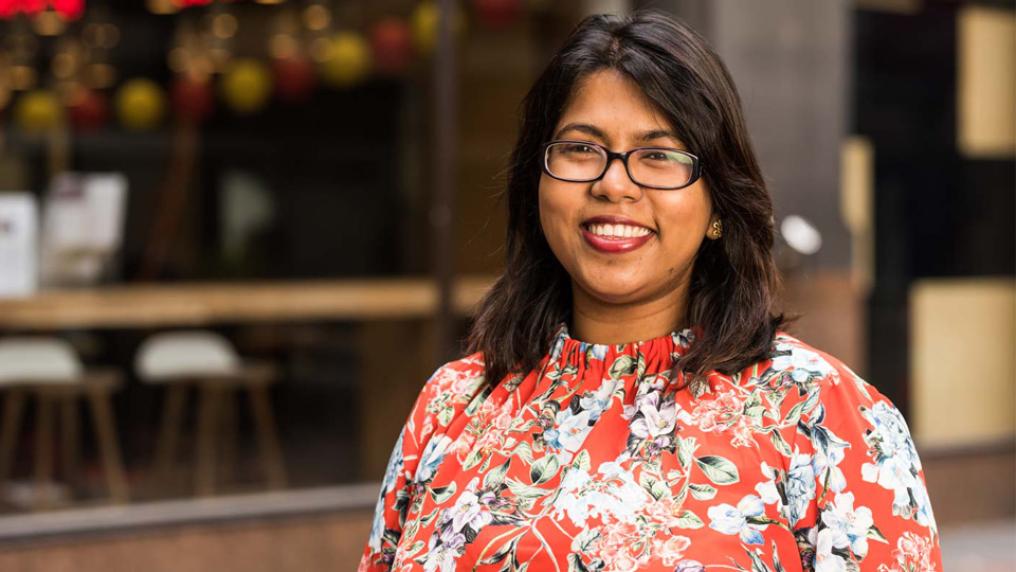
Victoria University alum, AI leader and STEM changemaker Dr Ruwangi Fernando has created a nationwide movement to advance equity for women of colour in STEM fields.
This month she returns to campus as VU’s 2025 Executive in Residence.
A leader, academic, researcher, entrepreneur and advocate, Dr Fernando’s mission is to bring technology and community building together for systemic change – anchored in the belief that AI solutions should be designed for social good – and that equity for women in colour in the STEM workforce is central to achieving this.
Dr Fernando earned a PhD in Artificial Intelligence at Victoria University in 2021. While at VU, she founded (and is Director of) STEM Sisters, an award-winning organisation dedicated to empowering women of colour in STEM through mentoring, career development, outreach, and advocacy.
Returning to VU alongside her ongoing leadership roles, Dr Fernando said she was incredibly excited to give back to the very community that first believed in her.
“VU was where I found my voice, my purpose, and a community that believed in the power of equity and inclusion,”
she said.
As Executive in Residence, she plans to reconnect with her former VU research colleagues, take part in events and guest lectures, and co-create programs that foster inclusion and innovation.
What she’s most excited about, though, is connecting with students see how she can support them to see their own potential in STEM, and build bold, impactful careers.
Ignited by curiosity, fuelled by hope & logic
Growing up in Sri Lanka, Dr Fernando was drawn to numbers from a young age. She was attracted to the logic and found it rewarding to find patterns and solve problems.
Seeing her father work, a hands-on electrical engineer, sparked her interest: “watching him build and repair things nurtured my curiosity and made STEM feel accessible and exciting,”
Dr Fernando remembered.
That love for maths naturally led Dr Fernando to computing and technology, where she was attracted to that same logic, and saw the opportunity to use technology to remove inequality.
She completed a Bachelors in Information Technology and a Masters in Human Resources Management from the University of Colombo, while working in managerial roles. She received a scholarship to pursue a Masters in Strategic Information Technology at the University of Wolverhampton (UK).
PhD journey – using AI to solve problems
With eight years of academic and managerial experience, Dr Fernando decided to specialise in artificial intelligence and relocated to Australia to pursue a PhD. She chose VU for its reputation in AI, particularly the expertise of her supervisors, Professor Yanchun Zhang and Professor Hua Wang, and their work in algorithms and machine learning.
She focused her PhD research on addressing vehicle emissions— by tackling road traffic congestion, particularly during large-scale events. In collaboration with CSIRO’s Data61 (with the support of a Data61 Top-Up Scholarship) and the Victorian Department of Transport, Dr Fernando developed AI-powered models to predict and manage traffic congestion across Victoria’s road networks.
Supply & demand, thwarted by exclusion
In her first year in Australia, Dr Fernando attended many tech meet-ups—and quickly noticed a troubling pattern.
“At every event, I saw women of colour who had done extraordinary work—some with PhDs in AI and STEM—yet they couldn’t land jobs in the industry.”
Despite their credentials, these women were having to re-train through TAFE or take jobs in entirely unrelated fields, including unskilled labour.
She wanted to understand the root cause. It wasn’t a case of oversupply— in fact, the opposite: industry was actively calling for more STEM talent, especially women. Government programs were working to attract skilled migrants in STEM, and local initiatives encouraged girls and women to pursue STEM studies.
In spite of industry demand, Dr Fernando discovered that only 15 per cent of women with STEM qualifications in Australia were working STEM-related fields. And for women of colour, the barriers were compounded by layers of intersectional barriers.
“It’s not just about gender—it’s about the intersection of race, culture, socio-economic background, ability, neurodiversity, sexual orientation, age and more. These factors often deepen discrimination and exclusion,”
Dr Fernando said.
Not all closed doors are locked
She found that a lot of the women of colour she was speaking to had lost hope for their career in STEM.
“They had faced so many rejections that their confidence had completely eroded.”
But she also noticed there were a few women who had ‘cracked the code’ and secured roles in industry. She wanted to bring people together to share their experiences and see if they could lift each other up.
“Knowing you’re not alone can be powerful. So many women were internalising it. They thought, ‘It must be my accent, my skin colour, the way I speak or write.’”
She said that rebuilding confidence was essential.
I always say—not every closed door is locked. Some are firmly shut. Some were never built for us. But we still have to go there – knock and give ourselves the chance to see if it can open.
She set out to build a sisterhood in STEM—where women of colour could support one another, rebuild confidence, and navigate their careers.
From a library high tea to a nationwide STEM sisterhood
In late 2017, Dr Fernando hosted the very first STEM Sisters event—a high tea at the Footscray Park Campus library at Victoria University.
She remembered “a small, powerful beginning; the energy in that room was undeniable.”
In the seven years since, STEM Sisters has grown into a national movement—supporting 10,000 women of colour in STEM across Australia through award-winning initiatives: the Mentoring Program, Ambassador Program, MAGNIFY Digital Magazine, BE YOU Confidence-Building Program, the Awareness of Opportunities Group, Future Me- STEM outreach program and the Women of Colour in STEM Awards. Their programs focus on fixing a ‘leaky pipeline’: the ongoing loss of diverse talent at every stage of the STEM journey.
We created what we wished we had—networks, visibility, and support tailored to our lived experiences.
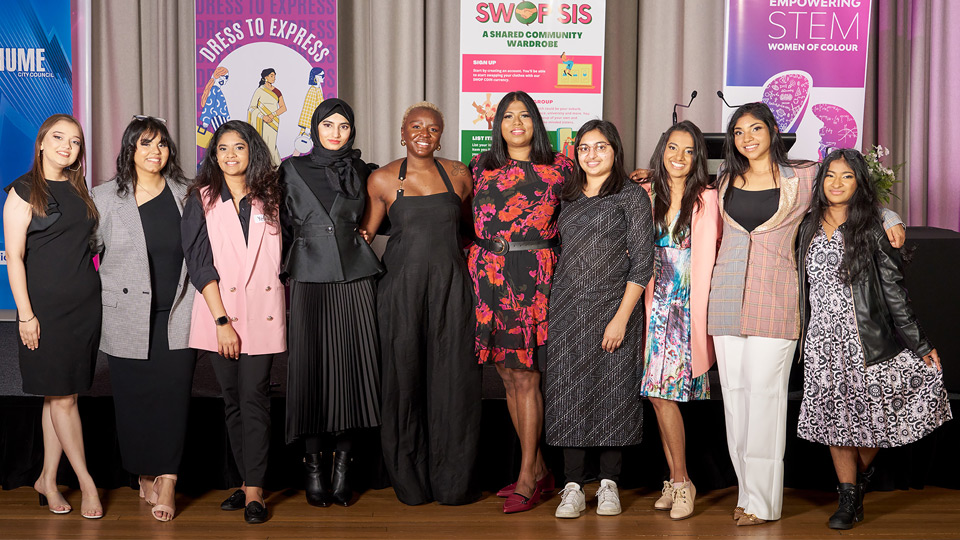
The logic of equity
The statistics remain confronting.
“56 per cent of university-qualified STEM women in Australia are born overseas, and they face over four times the unemployment and underemployment rates of their peers. Worse still, these figures have risen significantly over the past decade, as highlighted in the Office of the Chief Scientist’s STEM Workforce Report,”
Dr Fernando said.
“The data shows what we already knew from experience. There’s talent. There’s expertise. But the system still isn’t built for us.”
She has seen first-hand how inclusion drives innovation. When diverse voices are truly heard—new ideas emerge, blind spots shrink, and creative solutions flourish.
“Diversity is an innovation strategy. When you bring together different perspectives, cultures, and lived experiences, you’re unlocking an entirely new level of problem-solving,”
she explained
Equity is how we future-proof STEM. Anytime you improve access, everyone benefits. That’s the beauty of inclusion.”
Can we teach AI the right lessons first?
For AI specialist Dr Fernando, AI is about impact. And that impact can be either transformative or harmful, depending on what we prioritise.
“Technology mirrors us. It learns from the data we give it—our language, our decisions, our systems. So if those systems are biased, unjust, or exclusionary, AI will reflect and even amplify that,”
she explained.
“If we want AI to build a fairer, more inclusive future, we need to consciously embed equity, ethics, and lived experience into its design—not as a patch, but as a foundation.”
She pointed out that most AI systems today are trained on data that excludes or misrepresents marginalised communities.
If we don’t address that, we’re not just replicating existing bias—we’re scaling it.
Through platforms like DEIR.AI by iSTEM Co., Dr Fernando is putting that philosophy into practice—designing AI to remove bias.
“The question isn’t just what can AI learn? — it’s who gets to teach it, and whose truths are we encoding into the future?”
Returning to familiar spaces
Back on campus, there’s couple of places that hold special meaning for Dr Fernando: her PhD research lab, where ideas took shape and some of her most rewarding breakthroughs happened, and “those familiar spaces—quiet corners filled with big dreams, long hours, and a sense of purpose.”
“They remind me how far I’ve come, and how much is possible when you have the right people and the right environment around you.”
Connect with Dr Fernando as Executive in Residence
If you’re working towards a future in STEM – either as a student just starting out, an academic pursuing research, or an alum stepping into industry— I’d love to hear from you.
No question is too small, and no dream is too big; I’m here to share, support, and listen.
“You can reach out to me via email at or connect with me on LinkedIn. I’ll also be involved in a range of mentoring sessions, workshops, panel discussions, and guest lectures throughout the rest of 2025, so there will be many ways to engage.
“Let’s build something meaningful together,”
Dr Fernando said.
